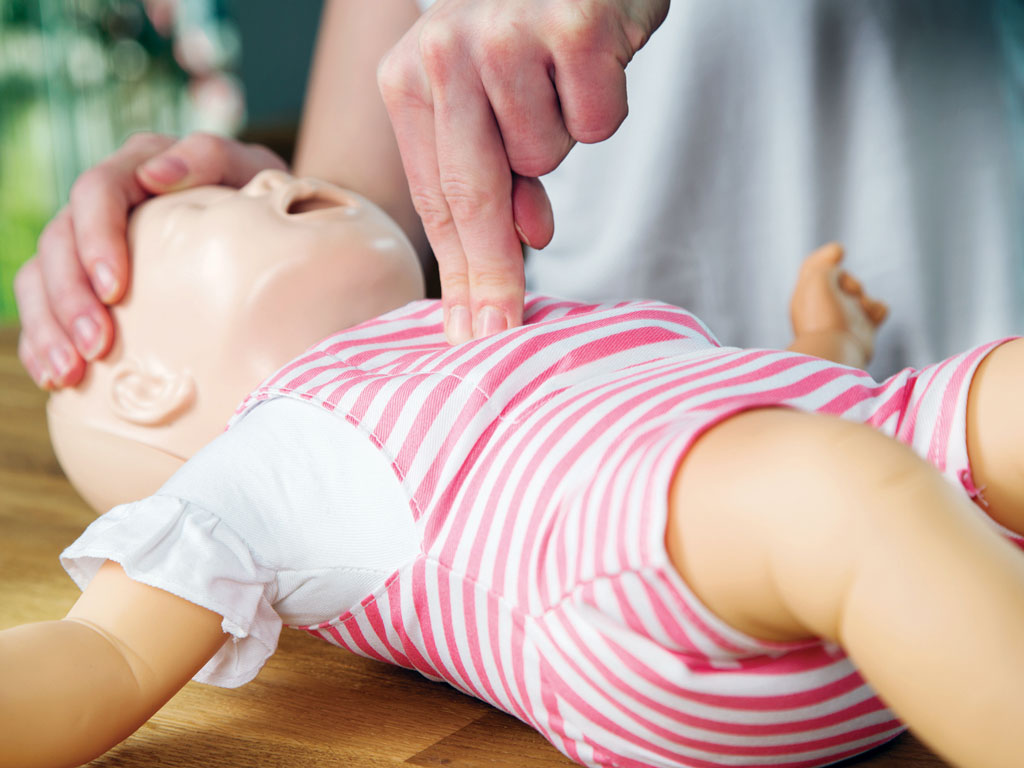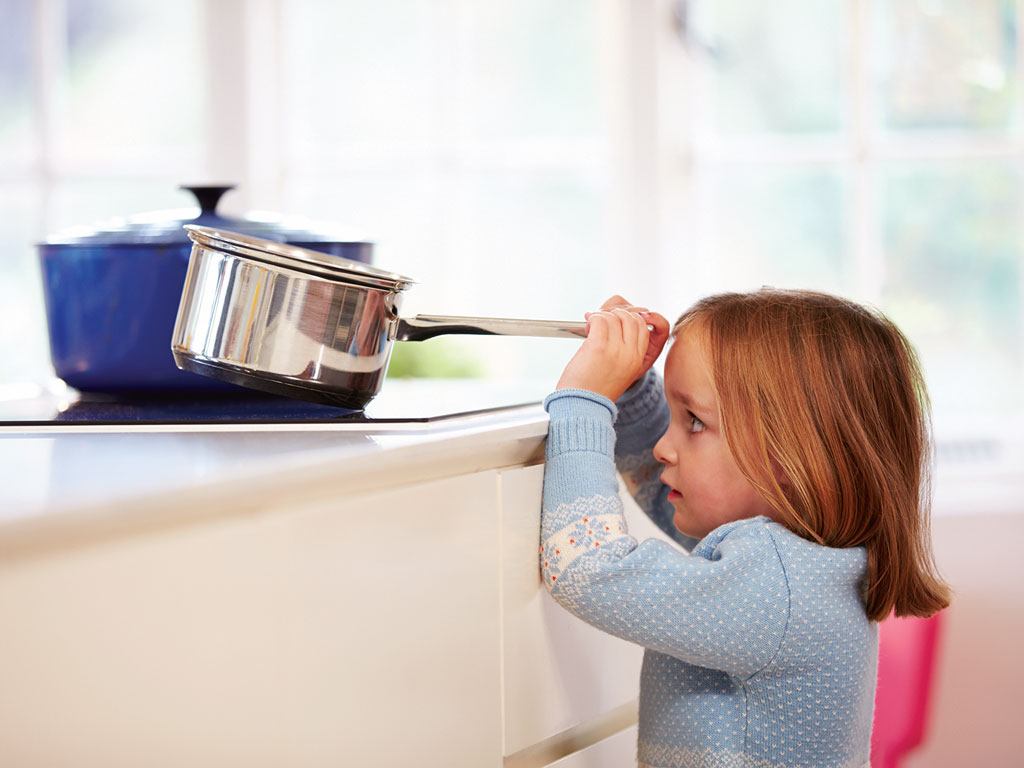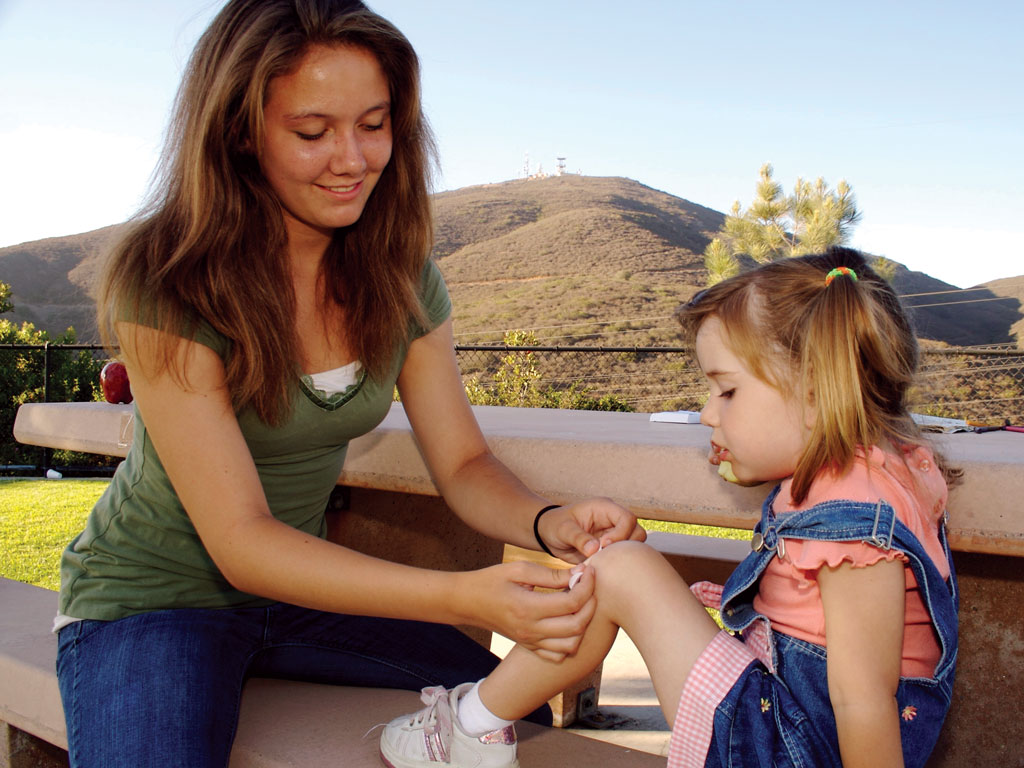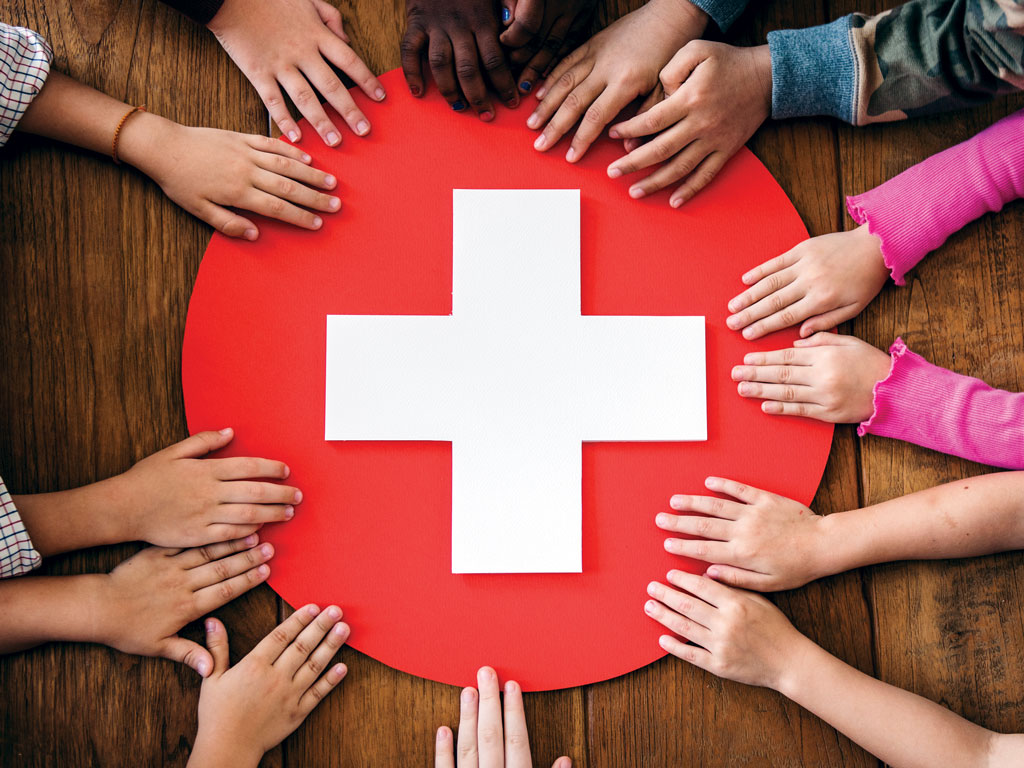by Gwen Klapperich
Summer is almost here and that means that older kids will have choices as to what can keep them busy. Some may participate in sports. Some will continue music and arts lessons. Some may go to summer school. And some may be searching for a part-time job to earn a little extra spending money. Regardless of the activity your child participates in, do you and your family know what to do in case of an emergency?
According to the American Heart Association, there are about 350,000 cardiac arrests that occur outside the hospital each year, with 73.9% of those happening in a home or residence). In addition, one-third of all injuries occur at home (Home Safety Council). Yet many people are uncomfortable responding to first aid emergencies, mostly because they do not know what to do.
Give you and your families the confidence they need to respond to an emergency situation by getting trained in CPR/First Aid. The ability to perform CPR relies on body strength more than age, and children as young as 9 to 11 years old have been shown to learn and retain CPR skills. First Aid training prepares you and your kids the ability to respond to asthma emergencies, anaphylaxis, burns, choking, diabetic emergencies, severe trauma and bleeding, environmental emergencies such as heat-related illness, heart attacks, poisoning, head/neck/spinal injuries, strokes, and seizures.

Learning these skills is especially important for any older child who babysits younger children and infants. In addition to CPR and First Aid classes, the American Red Cross offers Babysitters Training that teaches kids ages 11-15 how to be safe, professional, and reliable sitters. It gives them the skills and knowledge necessary to safely and responsibly give care for children and infants. Topics covered include how to develop leadership skills, how to operate a safe babysitting business that keeps themselves and other safe, how to help children behave, and how to conduct basic childcare tasks such as clothing, feeding, and diapering babies. If your child is interested in babysitting others, getting trained gives them an added level of credibility and trust with potential clients. According to the American Red Cross, “8 in 10 surveyed parents said they would pay more for a trained babysitter who hold Red Cross babysitting certifications”.

However, even without training, there are ways to keep your child safe while they babysit. While these tips may seem like common sense, they are a good reminder to all children on how to keep themselves and other keiki safe.
- Have a conversation with your child about where, when, how often, and for whom they can babysit. They should ask you for permission before accepting any babysitting job.
- Do not advertise your child’s business cards, etc. in public places such as bulletin boards or the Internet.
- Do start letting them babysit for trusted friends and family members. One of the best ways for kids to start babysitting is as a “parent’s helper”, which means they watch the child while the parent or guardian is still at home but attending to another task such as cleaning, cooking, etc.
- If left alone with children, they should never tell callers or people who come to the door that they are a) the babysitter or b) home alone with the children. They should just say that Uncle or Aunty isn’t available at the moment and then ask the person to call or come back later or take a message.
- They should never let anyone in the house, and they should check through the peephole or window first before opening the door for the parent or guardian.
- Develop a safe word with your child – if they use it while conversing with you, it means they are in an uncomfortable or unsafe situation, and you should go to them immediately.
- If you are not transporting your child to their babysitting job, arrange for check-in times for when they arrive and right before they leave.
- Know whom your child is babysitting for and make sure you have their contact information before your child accepts the job.
If you are still interested in training, Babysitters Training is taught in several different formats: a Babysitting Basics online course, a Babysitter’s Training that is held in-person to teach hands-on skills, and an Advanced Child Care class that is taught online (does not fulfill state requirements for licensed childcare providers). In addition, CPR and First Aid skills can be taught to you and your family either in a private lesson or at a training site. And for active outdoor activities, advanced training can be found in Wilderness First Aid (minimum age is 14).

We encourage everyone to get trained in CPR and First Aid. This will help keep you and your families safe and give you the confidence to respond to an emergency.
Gwen Navarrete Klapperich is the owner of Klapperich International Training Associates (KITA) LLC, a proud licensed training provider of the American Red Cross. For further information on CPR, First Aid, Babysitters Training, or Wilderness First Aid classes, please visit www.kitaconsult.com/health-safety-training or call 808-200-7136.





